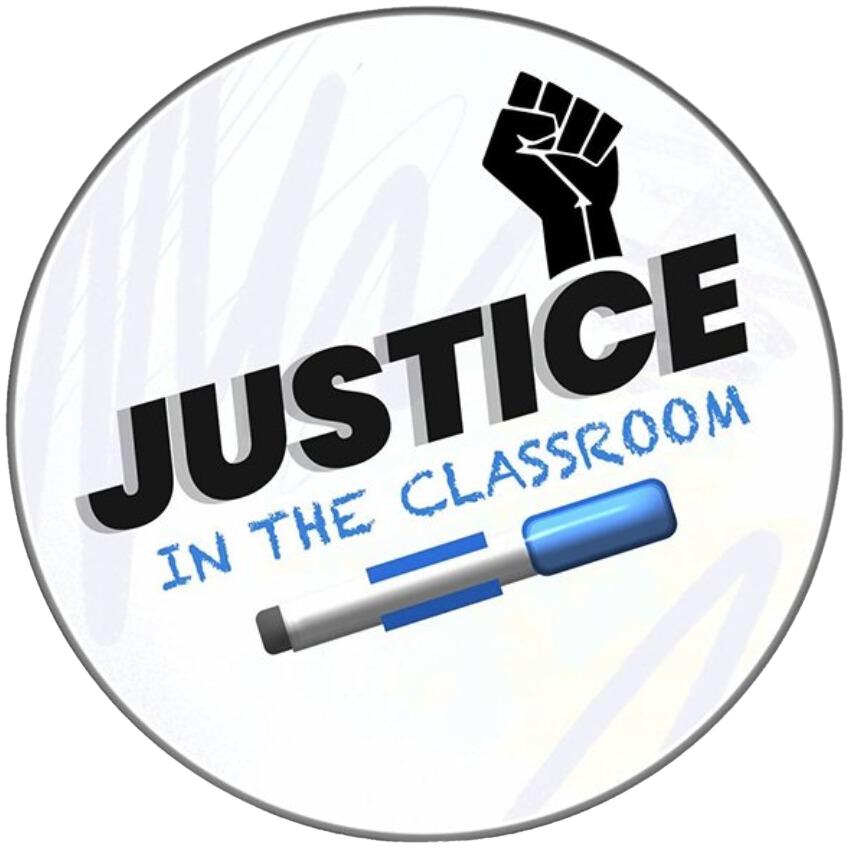
Proposal 6:
Disciplinary Practices
Review and publish annual reports on progress of racial equity in disciplinary practices, including racial disparities in student searches, detentions, suspensions, expulsions, and schools’ involvement with legal authorities in student conduct issues.
Why is student punishment reform important?
INSTEAD OF OVER-POLICING BLACK & BROWN MAJORITY SCHOOLS, CREATE MORE FUNDING FOR TRAINING STAFF TO BE BETTER EQUIPPED IN UNDERSTANDING RESTORATIVE JUSTICE
“Instead of investing in law enforcement, states and districts can target scarce funds to support mental health services, social-emotional supports, staff training in Restorative Justice, and needed social services”
RACIAL DISPARITIES IN STUDENT PUNISHMENT SHOULD ALSO BE CONSIDERED
Schools serving more Black students are more likely to have metal detectors and police officers, and studies find that the presence of police in schools often leads to arrests and physical abuse of children, especially Black students, without increasing safety.
Essentially, as school punishments become harsher — and especially as they increasingly involve police — they create a pathway for students to get involved in the criminal justice system fairly early on in their lives, which can heighten the risk of delinquent or criminal activity in the future. (For one, a criminal record makes it harder to get and hold down a legal means of income.) And since black kids are disproportionately affected, this pipeline reflects the broader racial disparities in the criminal justice system as a whole.
Black students accounted for 15 percent of the student body in the 2015-2016 school year but 31 percent of arrests.
Two years earlier, Black students accounted for 16 percent of the student body and 27 percent of arrests. The data also shows students with disabilities are far more likely to face suspension or arrests at school. They accounted for 12 percent of enrollment but 28 percent of all arrests and referrals to law enforcement.

